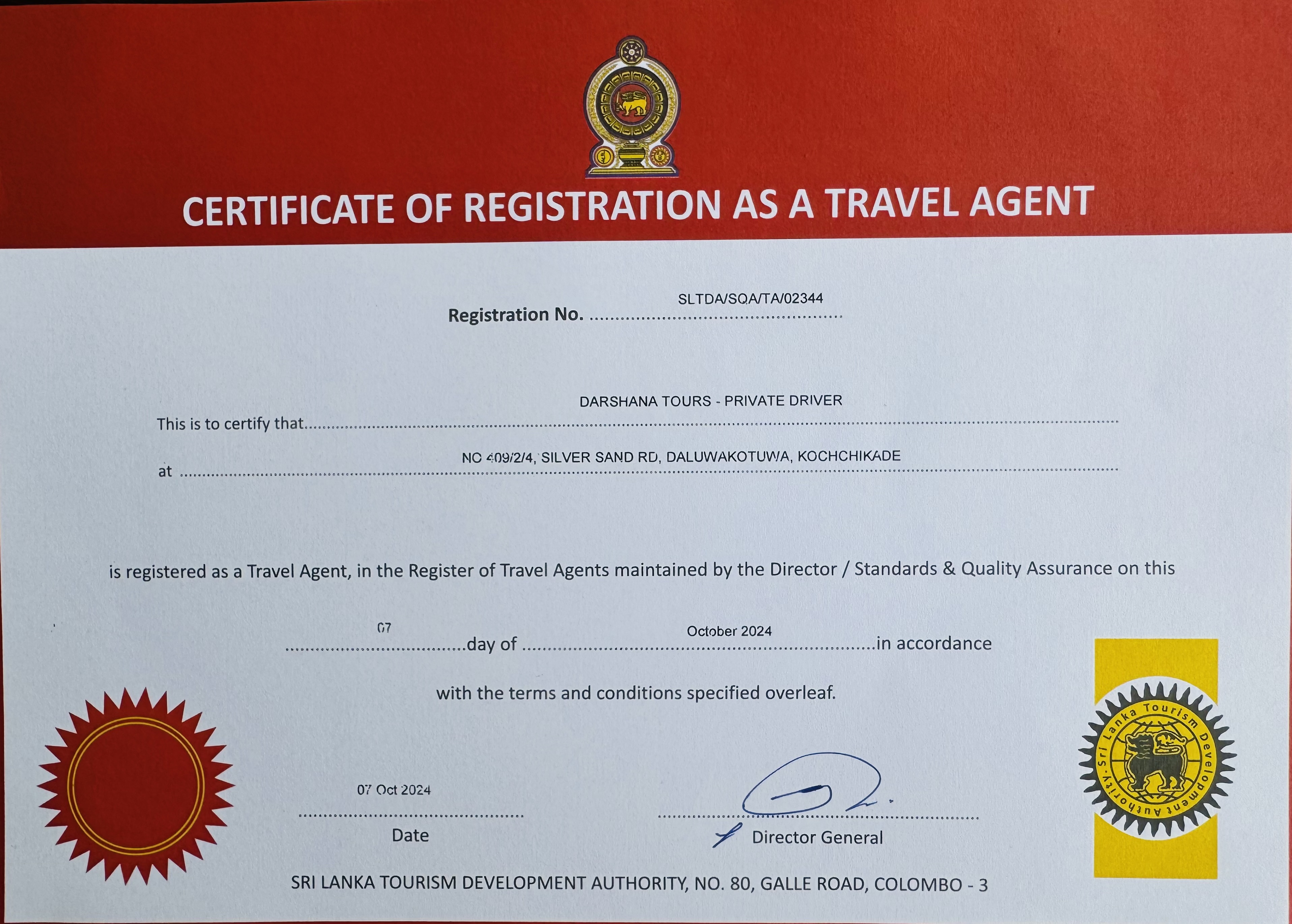

Sinharaja Rain Forest (a UNESCO World Heritage Site), the last viable remnant of Sri Lanka's tropical lowland rainforest spanning an area of 18900 acres is located within Sabaragamuwa and Southern provinces of the south-west lowland wet zone of Sri Lanka. Sinharaja is bounded by rivers on three sides. On the north, Sinharaja is bounded by the Napola Dola and Koskulana Ganga. On the south and south-west are the rivers Maha Dola and Gin Ganga. On the west are the river Kalukandawa Ela and river Kudawa Ganga. To the east of Sinharaja is an ancient footpath near Beverley Tea Estate and by the Denuwa Kanda.
Sinharaja Rain Forest is home to numerous indigenous birds such asthe Ceylon Hanging Parrot (Loriculus beryllinus), the Ceylon Grey Hornbill (Ocyceros gingalensis), the Ashy-headed Laughing Thrush (Garrulax cinereifrons), Layard's parakeet (Psittacula calthripae), the Jungle fowl (Gallus lafayetii ), the Spur fowl (Galloperdix bicalcarata), the Ceylon Wood Pigeon (Columba torringtonii), the Brown- capped Babbler (Pellorneum fuscocapillum), the Red-faced Malkoha (Phaenicophaeus pyrrhocephalus) and the Ceylon Blue Magpie (Urocissa ornate) among others, are prominent in this area.
Sinharaja Rain Forest is a narrow strip of undulating terrain consists of a series of ridges and valleys drained by an intricate network of streams, which flow into the Gin Ganga on the southern boundary and Kalu Ganga, via the Napola Dola, Koskulana Ganga and Kudawa Ganga, on the northern boundary.
19 of Sri Lanka’s 20 species of endemic bird species in Sri Lanka are found in the Sinharaja Reserve
Among the endangered birds are Sri Lanka Wood Pigeon, Green-Billed Coucal, Sri Lankan white-headed starling, Red-faced Malkoha, Green-billed Caucal, Sri Lanka Spur fowl Sri Lankan Blue Magpie, and Ashy-headed Babbler, all of which are endemic.
Out of 12 endemic mammal species of the country 8 are found here. Giant squirrel, dusky-stripped jungle squirrel, badger mongoose and endemic purple-faced leaf monkey and torque macaque are frequently seen.
Many threatened species of mammals, reptiles, amphibians and butterflies are found in the Reserve including the leopard. Endemism among mammals and butterflies is greater than 50%. Reptiles and amphibia include python, endemic green pit viper, endemic hump nosed lizard (Lyriocephalus scutatus) and and rough-nose horned lizard (Ceratophora aspera).
Conservation Value Sinharaja is the last extensive primary lowland tropical rain forest in Sri Lanka. It holds a large number of endemic species of plants and animals, and a variety of plants of known benefit to man. Sinharaja Forest Reserve is the last viable remnant of Sri Lanka's tropical lowland rain forest; over 60% of the trees are endemic and many of these are rare; and there are 21 endemic bird species, and a number of rare insects, reptiles and amphibians (IUCN Technical Evaluation).
The long-term success of conserving Sinharaja depends upon the sustainable development of its buffer and peripheral zones through a participatory approach emphasizing the involvement of local people. Construction of hotels on peripheral zones and constructions of roads over the protected areas are bound to result in irrecoverable damages to this world heritage site.
Hinipitigala Peak - 1,171 m
Dotugala Peak - 769 m
Mulawella Peak - 760 m
Kosgulana 797 m
Hinipitigala West 1170 m
Hinipitigala East 1168 m
Pathinigala 605 m
Sinhagala 742 m
Tibbotagala 904 m
Kohilarambe 757 m
Maha Ganga
Kudawa Ganga
Maha Dola
Pitakele Ganga
Gin Ganga
Kalukandawa
Gin Ganga
Napala Dola
Aranuwa Dola

